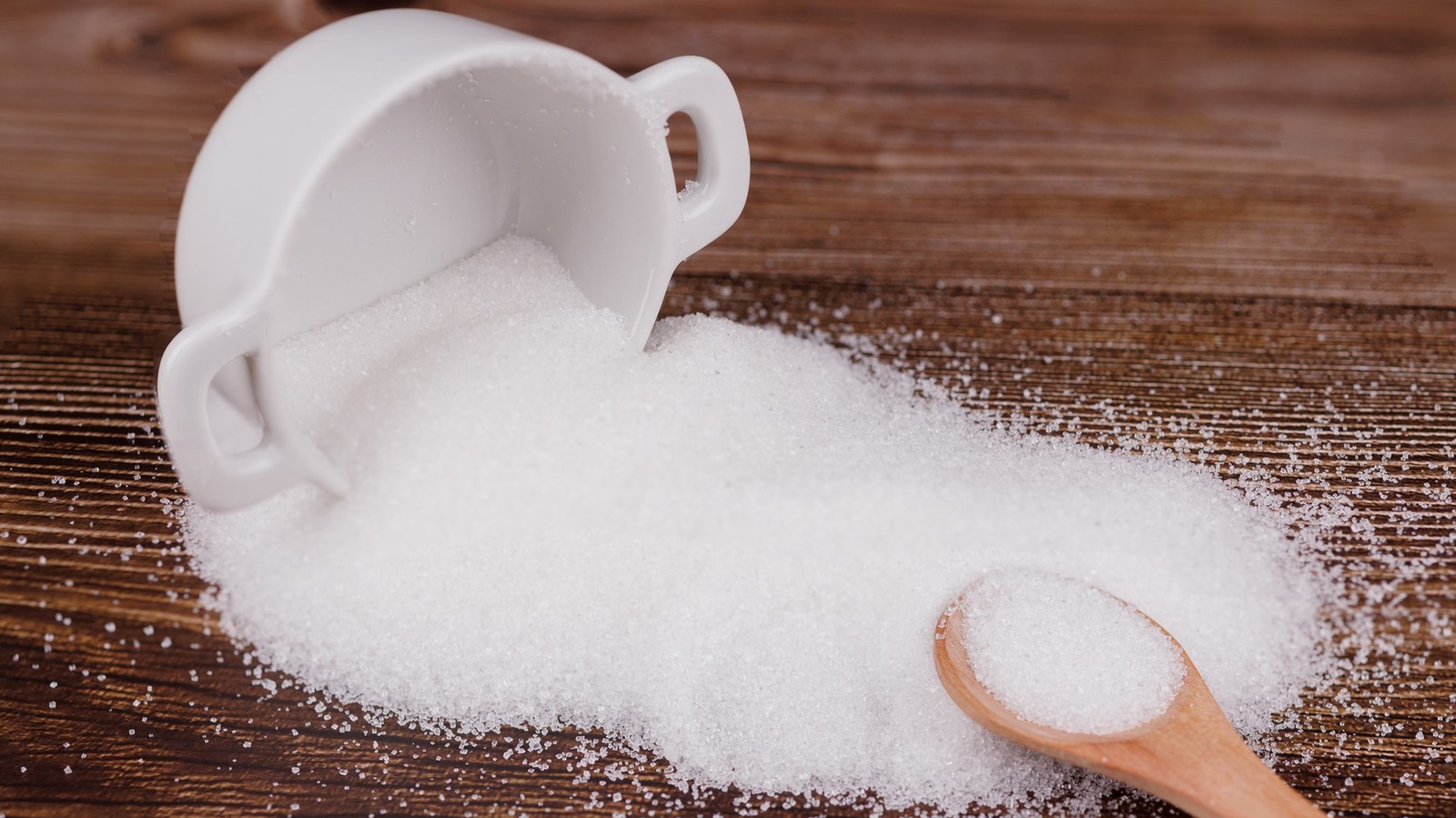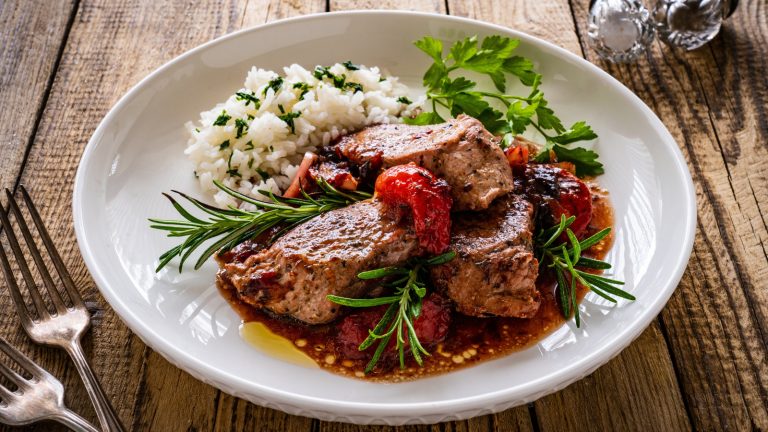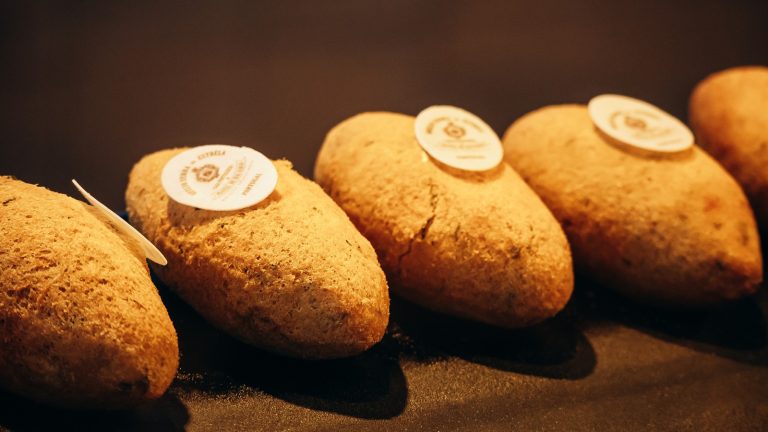Most American bakers probably have white, brown, and powdered sugar in their pantries. But if you follow a non-American recipe, you might be asked to use another type: caster sugar.
Caster sugar is common in the United Kingdom and countries that follow British baking traditions like New Zealand and Australia. It’s a more finely granulated version of what most Americans think of as regular white sugar, though it’s not as fully pulverized as powdered (aka confectioner’s) sugar. It’s often called baker’s (special) sugar, extra-fine, or superfine sugar in American supermarkets. Caster sugar, also spelled “castor” sugar, is sold in both white and golden versions, with the latter being unrefined, making it look similar to brown sugar, though they have different flavors and baking properties.
Caster sugar is particularly useful for lighter concoctions like meringues, soufflés, and a Gordon Ramsay-esque fluffy sponge cake. Some sources suggest that cakes in general can benefit from caster sugar. Any recipe that asks for meringue (a whipped combination of egg whites and sugar) can benefit from caster sugar, since it dissolves more easily. Pavlova, lemon meringue pie, and angel food cake are a few to consider. Just be sure to avoid common meringue-making mistakes. It also works well for sweetened whipped cream. Its uses aren’t solely for baking: Caster sugar is handy for making no-cook simple syrup and adding directly to cold drinks (including cocktails), as you don’t need hot water to make it dissolve.
Why caster sugar is useful in the kitchen
Most of the benefits of caster sugar come from the fact that it dissolves more easily than American granulated sugar (that is, “regular” white sugar). This mostly comes down to the size of its grains. For regular white sugar, there’s a larger interior core that needs to dissolve for each grain, as compared to the petite granules of caster sugar. However, this doesn’t mean you should use powdered sugar as a substitute for caster. It has added cornstarch, which makes accurate measuring more difficult, since it’s not pure like most packaged sugars.
That quick dissolution unlocks a few other benefits: A mixture where all the sugar granules are dissolved will be smoother, as there shouldn’t be any residual crystals adding an unwanted grainy texture. It also makes for more consistent distribution of sugar throughout your dough or mixture. After sugar is dissolved, it’s also easier to get air incorporated into the mixture, which is why caster sugar enables that fluffiness.
As these advantages might imply, caster sugar works well in place of American granulated sugar in most baking recipes, from cupcakes to cookies, since it dissolves well and makes for a smooth mixture. But the fact that this allows more air into a mixture is worth remembering. Caster sugar is great for making an airy baked good, but if you want something more dense, it might be better to skip it.
Substitutes for caster sugar
Caster sugar isn’t the easiest to find in the United States, and it can be expensive when you find it. But there are workarounds. Firstly, you can turn white sugar into caster sugar by pulsing it in a food processor a few times until it’s finer, but not powdery
You can also substitute white sugar directly. If you’re measuring by weight, a one-to-one substitution is fine, but a cup of caster sugar has about 0.2 ounces more sugar than a cup of white, so it may be wise to use a digital scale. By volume, caster sugar will have about 1.5 teaspoons more sugar. The final product might have a slightly grainier texture. You can cut down on that making other recipe changes when you’re using American granulated sugar. For example, if you’re creaming butter and American granulated sugar, start with colder butter so you can extend the creaming process without creating a greasy mess and allowing more time for the bigger granules to dissolve.
Finding substitutes for golden caster sugar is tougher. Brown sugar in the U.S. has added molasses, so it’s not ideal, as it’ll be more moist. You could grind raw sugar in a food processor until fine or otherwise just use white caster sugar. Really, unless you’re a big fan of fudgy baked goods, there’s not much downside to white caster sugar. It’s a worthwhile staple that a committed baker should keep on hand.







